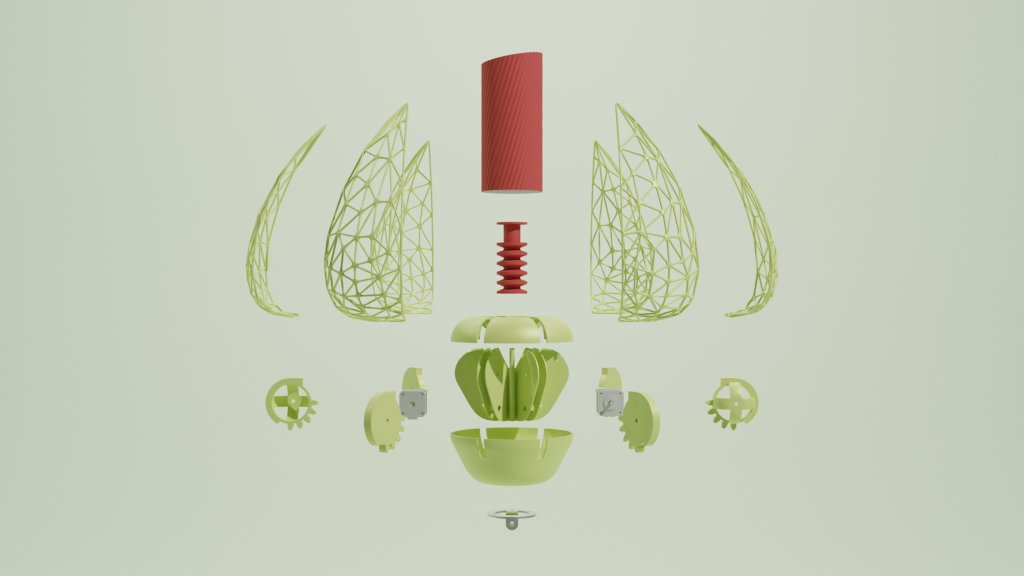Sebastian Hollman
How can we make data collection more visible, contestable, and intuitive to the public?
This graduation project emerged from an existing collaboration between the Delft University of Technology and the Responsible Sensing Lab; a project of the Amsterdam Institute of Advanced Metropolitan Solutions.
The Initial Assignment had the goal of enhancing the feeling of safety in public environments using responsible sensing. Following the method of Value Sensitive Design and its 3 core aspects, contextual research was conducted into 1) perceived safety as the value, 2) smart sensors as the technology, and 3) public spaces as the context of use. Subsequently, the project was narrowed down to focus on improving the design aesthetics and visual impact of camera sensors in public spaces, with the intended result of enhancing the perception of safety with the Target User Group of heterosexual women, aged 15-25.
Through the involvement of the target user group in 2 co-creation sessions, multiple informal feedback sessions, product usability evaluation in the concept development, and product design phases of this project, a final design was created. The final design, BL0.0M, is a re-conception of the design, use and perception of current camera sensors. Compatible with both dome- and bullet camera sensor types, BL0.0M takes inspiration from a flower to serve both a functional and visual purpose to its public environment. Upon activation of the camera sensors, BL0.0M’s petals open up–clearly communicating its functionality to passersby, and can be adjusted to convey different product expressions. Its modularity extends to its petal modules, which can easily be interchanged to allow for further customisation and variety.
BL0.0M aims to develop a 2-way street of information and observation between smart camera sensors and citizens, by changing its visual impact on the surrounding public space. Currently, the knowledge gap between citizens, smart sensing technology, and AI assisted data collection is too wide. This has a negative impact on how safe people feel, both digitally and publicly.


